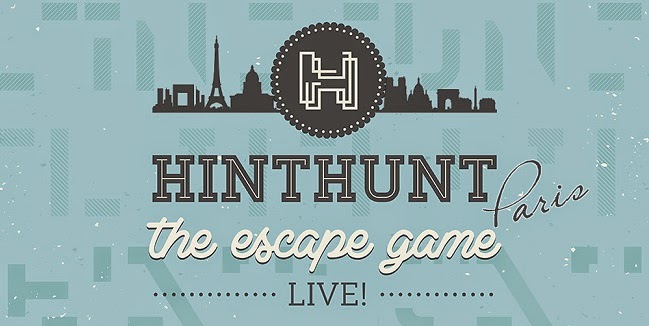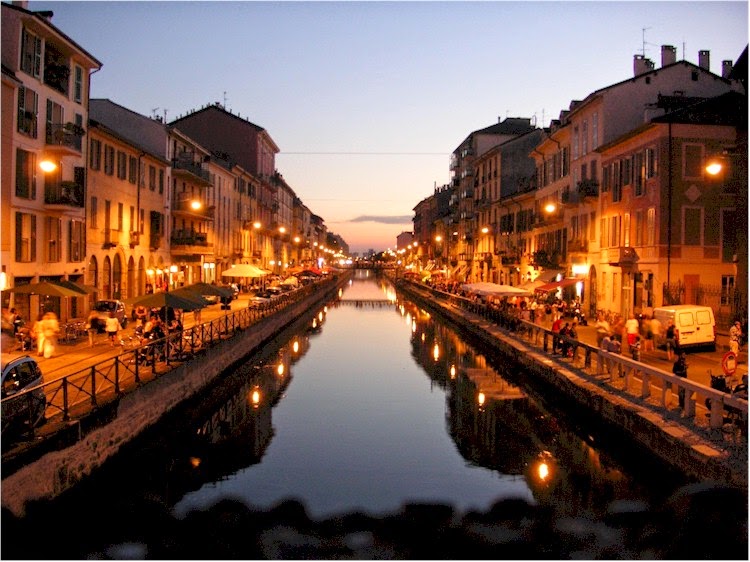For centuries, Kashmir has been one of the most highly coveted areas of the Asian continent, regarded as paradise on Earth by the Mughal kings who holidayed in the valley, nestled between the Himalayas and the Pir Panjal Mountains. But for much of the second half of the 20th Century, periodic war and political strife have kept visitors from heaven's gate. Most of Kashmir's population is Muslim. Hindus also live in the region and the main language of Kashmir is Kashmiri.
Things to do:
1. Gondola
Take a deep breath and feels the excitement when you're in the gondola. This gondola will serve you a beautiful view in Gulmarg, one of the place in Kashmir. Once you're at the top, you'll fall in love with their natural beauty and their mountains fills with snow and cloud. This Gondola will take you up above 15,000 feet and is one of the highest in the world. Here, you can touch the skies and merge with the clouds.
Official website of Gulmarg Gondola: Click here
2. Drink the Kashmiri Tea - Namkeen Chai
Like the rest of the country, tea in Kashmir is more of an obsession than a beverage, serving as simple refreshment in the afternoon, fuel for a political debate or a catalyst for business. But instead of the typical milky-brown, sweet and spicy chai found in the rest of the country, Kashmir prefers milky pink namkeen chai (salt tea), which uses local green tea leaves, almonds, pistachios, cardamom, salt and baking soda, giving it a characteristic pink colour. The clear yellow kawa uses the same green tea, nuts and cardamom, but is brewed without milk and with sugar and saffron, for which Kashmir is famous.
3. Dal Lake
Your travel will not complete in Kashmir if you're not going to Dal Lake. While Srinagar’s streets have a vibrant character synonymous with the rest of India, the only sounds that stir Dal Lake are those of a paddle hitting the water, an echoing call to prayer, or the occasional salesman pitching his freshly-picked apples or kaleidoscopic arrangement of flowers as he floats by in his shikara.
4. Alpather Lake
Located in Gulmarg, tthe Alpather Lake is a picturesque alpine lake that remains frozen until late June. The lake lies across the Apharwat peak. The adventure tourists can take the one-day and thirteen km trip to the Alpather Lake from Gulmarg.
5. Pahalgam
The town of Pahalgam in the state’s northwest, 95km from Srinagar, is a hub for rafting and trekking, as well as a launching point for the Hindu pilgrimage of Amarnath Yatra in July and August. Hundreds of thousands of Hindus make this challenging five-day, 16km trek to Amarnath Temple - a shrine in a cave nearly 4,000m high, and one of the holiest in the religion - to see an ice stalagmite inside.





















.jpg)




























